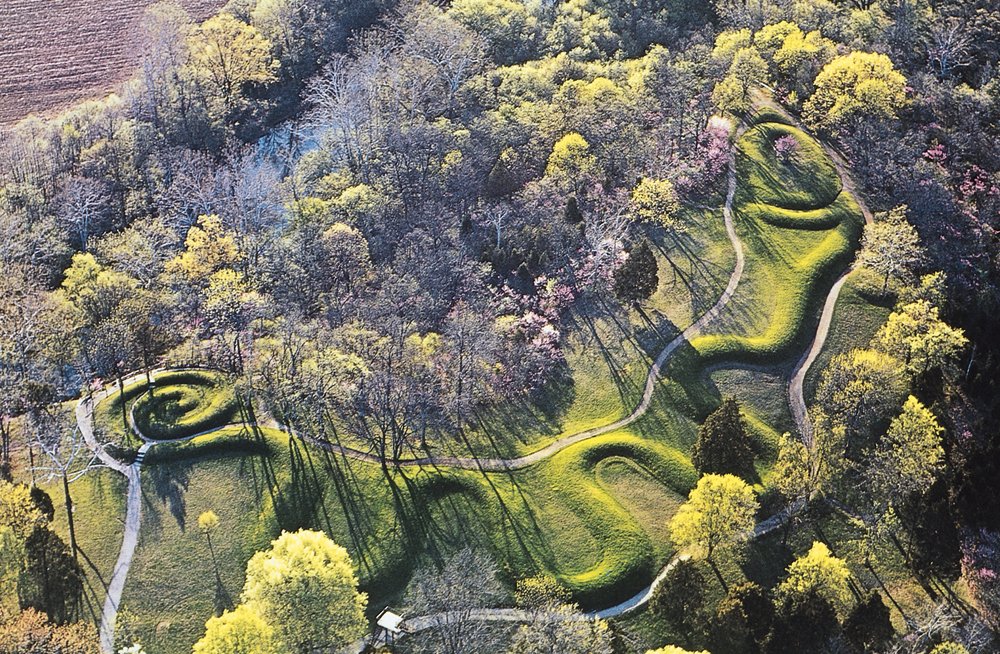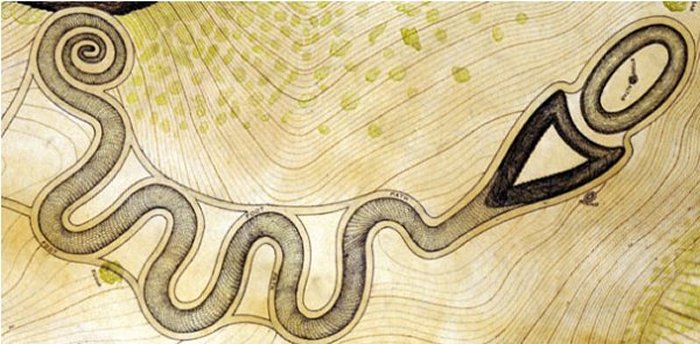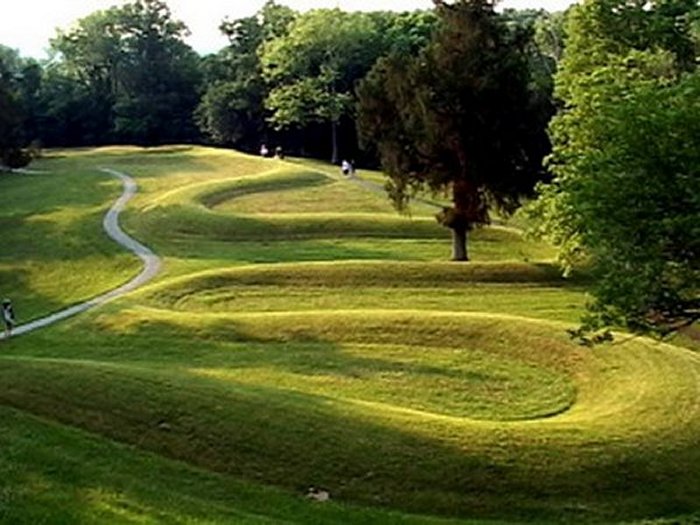Great Serpent Mound Of Ohio: Most Famous Ancient Earthwork Of North America
A. Sutherland - AncientPages.com - North America is a great continent where people of diverse cultures once lived but most of these cultures had been forgotten a long time ago.
The farther we go back in history the more indications we find, showing the riches of North America's ancient history, which may have been much older and much more advanced than most of us have previously considered.
North America's prehistoric landscape and especially that of Ohio, was once rich in a variety of earthwork, gigantic mounds shaped like birds, giant snakes, spirals, and geometrically designed walls.
Mounds and enormous serpentines were skillfully formed by unknown highly advanced people, before the dawn of prehistoric times.
They can be seen in hundreds because farmers came and destroyed them to level the land, but at the beginning, there were with certainty much more of these impressive remnants.
The evidence of the former existence of a prehistoric race, known as the Mound Builders is too conclusive to be doubted or questioned.
This evidence consists of extensive and gigantic masterwork. However, we know little about the Mound Builders, who used the land as our children use plasticine and formed circular, elliptical earthworks along with others looking like bears, buffalos, foxes, lizards, and sometimes as human beings.
What happened to all those prehistoric geometers, who created these prehistoric earthworks.
Most impressive of all these prehistoric sculptures is the Great Serpent Mound in Adams County, Ohio, considered the most famous of the ancient earthworks of North America and one of the most impressive and enigmatic archaeological remnants of the ancient world. Though other serpent mounds can be found in Mexico, Scotland, and Canada, Ohio's serpent mound is by far the largest and most interesting serpent mound in the world.
Great Serpent Mound as it looks today. At the left side above Brush Creek. View from the southeast. c.2300 BC, Adams County, Ohio.
It's a 1/4 mile long mound shaped like a snake that varies in height from less than a foot to 4-5 feet high. The distance from the snake’s head to its tail is approximately 800 feet. However, if it were to be stretched out it would be about 1,300 feet long.
"...with its head conforming to the crest of a hill, and its body winding back for 700 feet, in graceful undulations, terminating in a triple coil at the tail.." and the "Alligator," in Licking County, whose length "from the point of the nose following the curves of the tail to the tip, is about 250 feet, the breadth of the body 40 feet, and the length of the legs or paws, each 36 feet..." (J.W. Foster, "Prehistoric Races")
Naturally, the Great Serpent Mound and huge mounds, inspire a number of theories and ideas concerning its origin and meaning.
It was originally assumed that the Serpent Mound was built by the so-called "Adena culture" that dominated central and eastern North America for close to 1,000 years, from 1000-100 BC.
Others do not support this theory and believe that it is likely Hopewell people were creators of the Ohio mounds.
The snake could also represent Ursa Minor while the egg represents the moon. If this is the case then we can see the snake’s tail is anchored by Polaris.
Supporters of the Hopewell theory believe that the structure incorporates astronomical alignments, including alignments to the moon's mid-point as well as maximum and minimum rising and setting points and geometric complexity.
So, this level of astronomical sophistication, according to the researchers, appears to be exclusive to the Hopewell.
Simultaneously, many researchers speculate whether the motif of the serpent swallowing the egg could depict an astronomical event of religious significance or the ancients worshipped the sun or had the wisdom of a greater extent.
Was it a representation of the sun?
According to a Native American legend, the sun was once swallowed by a snake. The snake could also represent Ursa Minor while the egg represents the moon. If this is the case then we can see the snake’s tail is anchored by Polaris.
In 1925, the newspaper Daily Star reported that the most important aboriginal temple in the United States was built by prehistoric Mound Builders in the vicinity of the present site of Portsmouth, Ohio.
A theory that emerged among the researchers, suggests the largest earthwork effigy in the world, was actually built by people of the Fort Ancient culture. This opinion is based on the carbon dating of some wood charcoal taken from the mound, which placed the building of the mound during the Fort Ancient period, approximately 1070 AD.
Henry Schoolcraft, a notable scholar on Native American anthropology, derived the first viable hypothesis based on the writings of John Gottlieb Ernestus Heckewelder (1743-1823), a Moravian Missionary in the Ohio Country:
"The oldest tribe of the United States, of which there is a distinct tradition, were the Alleghans... This tribe, at an antique period, had the seat of their power in the Ohio Valley... and they appear originally to have borne the name of Alli, or Alleg, and hence the names of Tallijewi and Allegewi.
The Alleghans had been a strong and mighty people, capable of great exertions and doing wonders.."
They are said to have been remarkably tall and as ancient tradition says there were giants among Alleghans.
So, who were the builders of the largest serpent effigy known to man?
Were the Mound Builders a lost race of highly intelligent, well-organized, and technologically advanced unknown culture possessing knowledge of cartography, advanced trigonometry indispensable to make all mathematical measurements and accurate projections of the terrain?
Legends say that earthen sculptures, which in reality are much older, have been carried out by people belonging to an unknown race who came from "beyond the sea", and whose culture was wiped out by the contact with the American natives.
Written by – A. Sutherland AncientPages.com Staff Writer
Copyright © AncientPages.com All rights reserved. This material may not be published, broadcast, rewritten or redistributed in whole or part without the express written permission of AncientPages.com
Expand for referencesMore From Ancient Pages
-
 Swiss Farmer Discovered Roman Coins Among Cherry Trees
Archaeology | Nov 22, 2015
Swiss Farmer Discovered Roman Coins Among Cherry Trees
Archaeology | Nov 22, 2015 -
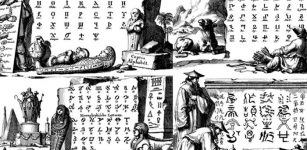 What Can Languages And Grammar Reveal About Our Ancient History?
Archaeology | Aug 20, 2021
What Can Languages And Grammar Reveal About Our Ancient History?
Archaeology | Aug 20, 2021 -
 ‘Bone Biographies’ Reveal Lives Of Medieval England’s Common People And Illuminate Early Benefits System
Archaeology | Dec 6, 2023
‘Bone Biographies’ Reveal Lives Of Medieval England’s Common People And Illuminate Early Benefits System
Archaeology | Dec 6, 2023 -
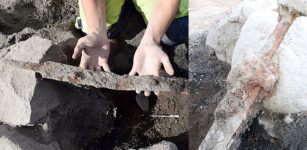 Unexpected Discovery Of Two Viking Swords In Upright Position In Sweden
Archaeology | Oct 27, 2022
Unexpected Discovery Of Two Viking Swords In Upright Position In Sweden
Archaeology | Oct 27, 2022 -
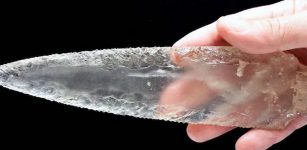 Remarkable 5,000-Year-Old Crystal Dagger Discovered In Megalithic Tomb Of Montelirio Tholos
Archaeology | Feb 13, 2021
Remarkable 5,000-Year-Old Crystal Dagger Discovered In Megalithic Tomb Of Montelirio Tholos
Archaeology | Feb 13, 2021 -
 Evidence Of Legendary Ancient Great Flood In China May Re-Write History
Chinese Mythology | Aug 5, 2016
Evidence Of Legendary Ancient Great Flood In China May Re-Write History
Chinese Mythology | Aug 5, 2016 -
 On This Day In History: Macbeth, King of Scots Killed At The Battle Of Lumphanan – On August 15, 1057
News | Aug 15, 2016
On This Day In History: Macbeth, King of Scots Killed At The Battle Of Lumphanan – On August 15, 1057
News | Aug 15, 2016 -
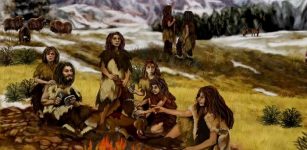 Can Diseases Explain Why Neanderthals Suddenly Disappeared About 40,000 Years Ago?
Archaeology | Nov 9, 2019
Can Diseases Explain Why Neanderthals Suddenly Disappeared About 40,000 Years Ago?
Archaeology | Nov 9, 2019 -
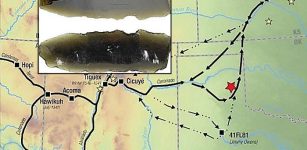 Is A Small Obsidian Artifact Linked To Expedition Searching For A Fabled City Of Gold 470 Years Ago?
Archaeology | Mar 1, 2024
Is A Small Obsidian Artifact Linked To Expedition Searching For A Fabled City Of Gold 470 Years Ago?
Archaeology | Mar 1, 2024 -
 Lesicheri Obelisk – Enigmatic Ancient Roman Structure – Bulgaria’s Tallest Surviving Landmark
Featured Stories | Jan 24, 2023
Lesicheri Obelisk – Enigmatic Ancient Roman Structure – Bulgaria’s Tallest Surviving Landmark
Featured Stories | Jan 24, 2023 -
 How King Arthur Became One Of The Most Pervasive Legends Of All Time
Featured Stories | Feb 12, 2017
How King Arthur Became One Of The Most Pervasive Legends Of All Time
Featured Stories | Feb 12, 2017 -
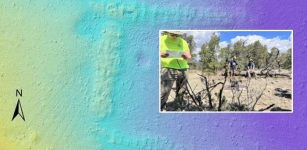 LIDAR Will ‘Map’ The Ground Surface To Reveal New Picture Of Ancient Native American Culture
Archaeology | Aug 18, 2023
LIDAR Will ‘Map’ The Ground Surface To Reveal New Picture Of Ancient Native American Culture
Archaeology | Aug 18, 2023 -
 LIDAR Discovery Of Valley Of Lost Cities In The Amazon
Featured Stories | Aug 16, 2024
LIDAR Discovery Of Valley Of Lost Cities In The Amazon
Featured Stories | Aug 16, 2024 -
 Copyright Violations By Earth-Chronicles.com – Fake Site That Steals Content From Ancient Pages Daily
News | Dec 28, 2017
Copyright Violations By Earth-Chronicles.com – Fake Site That Steals Content From Ancient Pages Daily
News | Dec 28, 2017 -
 Mysterious Hornet Spook Light In Missouri
Featured Stories | Jun 26, 2024
Mysterious Hornet Spook Light In Missouri
Featured Stories | Jun 26, 2024 -
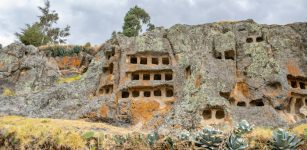 Fascinating Artificial Caves Of Ventanillas de Otuzco And Its Secret Passageways – Pre-Inca Necropolis Of The Cajamarca Culture
Featured Stories | Feb 5, 2022
Fascinating Artificial Caves Of Ventanillas de Otuzco And Its Secret Passageways – Pre-Inca Necropolis Of The Cajamarca Culture
Featured Stories | Feb 5, 2022 -
 How And When Did Ancient People Start Using Oil?
Ancient History Facts | Jun 28, 2018
How And When Did Ancient People Start Using Oil?
Ancient History Facts | Jun 28, 2018 -
 Wonderful Ancient Mosaics In Ancient City Of Zeugma, Turkey
Archaeology | Dec 12, 2015
Wonderful Ancient Mosaics In Ancient City Of Zeugma, Turkey
Archaeology | Dec 12, 2015 -
 DNA Identifies Historical Remains Of George Washington’s Relatives
DNA | Mar 29, 2024
DNA Identifies Historical Remains Of George Washington’s Relatives
DNA | Mar 29, 2024 -
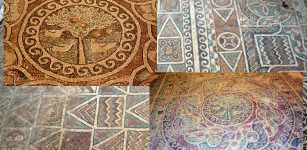 A 1,800-Year-Old Amasya Mosaic Goes On Display For The First Time After Seven Years
Archaeology | Jul 21, 2020
A 1,800-Year-Old Amasya Mosaic Goes On Display For The First Time After Seven Years
Archaeology | Jul 21, 2020


